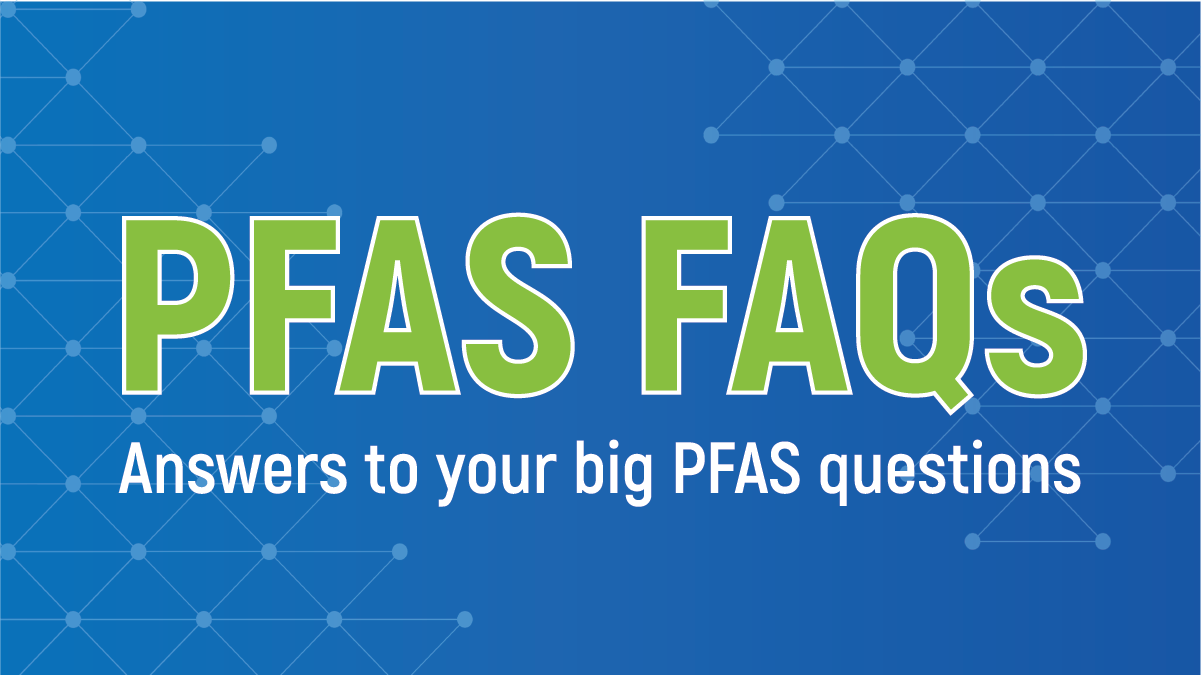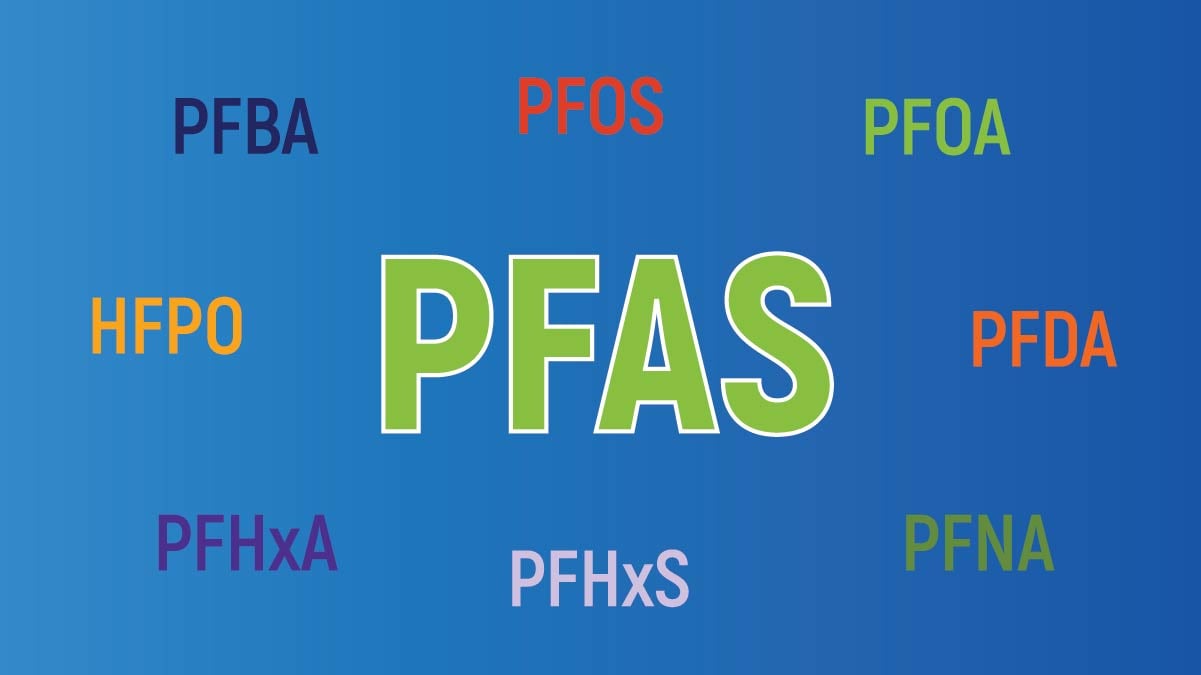At Pace, we regularly hold PFAS technical and regulatory briefings for a variety of different types of organizations. Here’s a recap of answers to some of the most common questions we received from our recent 2021 sessions.
Request a Technical and Regulatory Briefing for Your Organization
Will the EPA’s MCLs for PFOA and PFOS be the same as their current Health Advisory Levels?
The current EPA drinking water health advisory is 70 ppt combined or individually for PFOA and PFOS. The EPA could go lower – as many states have – when setting federally enforceable MCLs. However, amendments to the Safe Water Drinking Act (SDWA) require the EPA to consider a detailed risk and cost assessment and best available peer-reviewed science when developing these standards. Whether they decide to set lower limits depends on the results of this analysis.
With the EPA setting MCLs for PFOA and PFOS, how is that impacting state regulatory activity?
Even though the EPA has announced its intent to issue MCLs for PFOA and PFOS, we’ve seen an uptick in the number of states focusing on PFAS in drinking water and other matrices. Some are leveraging EPA grants to study PFAS in the public water systems. Others have taken legislative action. For example, in June of 2021, Maine set interim MCL levels in drinking water for a broader range of PFAS and at lower levels, while instructing their state environmental agencies to look at setting more permanent limits.
What’s the status of test method development?
As of right now, EPA SW-846 Method 8327 is in draft form and may be finalized before the end of this year. The EPA is also developing definitive methods for both the RCRA (Resource Conservation and Recovery Act) and NPDES (National Pollutant Discharge Elimination Systems) programs for testing of non-potable water, solids, and biota. The RCRA method will be an SW-846 method, possibly designated as EPA 8328. The EPA Office of Water method will be a 1600-series method. These methods are now in the multi-lab validation phase, so finalization is also expected in 2021 or early 2022.
Are we required to take Field Reagent Blanks (FRBs) or Field Blanks (FBs) when we sample?
Field Reagent Blanks (for drinking water) and Field Blanks (all other matrices) are field QC samples used to verify that PFAS were not introduced into a sample through field sampling activity. Any sampling program that requires a test method that mandates the use of FRBs (e.g., EPA test methods 533 and 537.1) will automatically require FRBs. For example, the current UCMR 5 proposal requires both test methods 533 and 537.1 to test for the 29 PFAS on the list. One FRB will be required per test method per sampling point under the program.
Why should I test for PFAS if I’m not required by law to do so?
Once the EPA sets MCLs for PFOA and PFOS, all public water systems serving more than 25 people a day will have to test for PFAS. Going forward, this is still a valid question for industry. Some will be required to test for certain PFAS compounds and in certain scenarios, e.g., NPDES permitting. However, even if not required by law, we’re seeing more organizations voluntarily test to get a better feel for their potential future liabilities.
Should we test our firefighting foams for PFAS?

Many municipalities and businesses are switching to fluorine-free firefighting foams (FFF). Airports are as well, but to a more limited extent. As of March 2021, the FAA allows FFF to be used for training purposes but not yet for actual aviation emergencies. Refer to the FAA’s National Part 139 CertAlert, No 19-01, for more details.
Tests performed on some fluorine-free foams have shown that, although the foams do not contain PFOA or PFOS, they may not be completely fluorine free. Pace offers testing services for FFF that can help determine which PFAS compounds are present, and if so, at what level. We also offer testing services for legacy AFFF. This data can be used to help inform your disposal strategies.
Should we test both wastewater influent and effluent?
This is a common question we get from water quality managers at wastewater treatment plants (WWTP). Effluent is clearly important because it gets released into the environment and can impact drinking water sources directly. However, if effluent levels are elevated, testing influent can provide a clearer picture as to the source of the PFAS. For example, TOP Assay can detect PFAS precursors that may be converted into terminal PFAS during treatment. PFAS can also contaminate a WWTP’s sludge/biosolids, which is of particular concern when land-applied for agricultural purposes.
Why should we consider testing for total organofluorine?
Although more research needs to be done on toxicity levels, it is generally recognized that PFAS chemicals are all structurally similar and that the health risks associated with one PFAS compound may be broadly applicable to other PFAS compounds. Testing for total organofluorine (TOF) can give you a clearer picture of total PFAS contamination.
Should PFAS testing be included in our site assessment before we acquire a business or property?

Many PFAS compounds do not break down naturally, so contamination that occurred on a site decades ago may still remain and can create liability issues for a new owner. If the site history shows that the land was used by a business that manufactured PFAS or used PFAS in its processes, PFAS testing of soil, groundwater, and surface waters may be warranted. Also remember to look for past use of AFFF on-site to fight fires involving flammable liquids, as runoff may have been allowed to seep into the local soil and groundwater.
What types of businesses are most likely to use PFAS in their operations?
Manufacturers that produce the thousands of PFAS chemicals currently in production are the most obvious, but the EPA is starting to turn its attention to users of PFAS as well. As part of the EPA’s Effluent Guidelines planning process, the EPA is working to identify industrial sources that may warrant further study for potential regulation. The 2019 EPA PFAS action plan even calls out a few industries, including organic chemicals, plastics, synthetic fibers, pulp and paper, textiles, and airports.
Another good source of information is Table 2-1. Examples of PFAS Waste Streams by Industry Type in the EPA’s Interim Guidance on the Destruction and Disposal of Perfluoroalkyl and Polyfluoroalkyl Substances and Materials Containing Perfluoroalkyl and Polyfluoroalkyl Substances. This table shows how various types of businesses can introduce PFAS into the environment through routine business processes.





